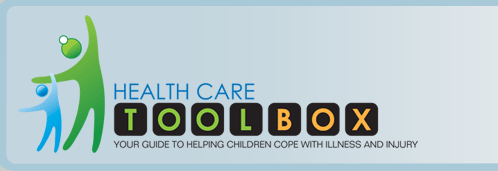Most health care providers are familiar with ways that children and family members may show stress. Traumatic stress reactions go beyond usual stress reactions, and can be triggered by thoughts about the traumatic event, or by reminders in the immediate environment.
While having a few of these reactions is common, persistent symptoms that cause distress warrant greater clinical attention.
The Diagnostic and Statistical Manual of the American Psychiatric Association (DSM-IV) provides criteria for diagnosing traumatic stress disorders.
- a traumatic stressor and subjective emotional experience of fear, helplessness, or horror
- at least 3 of 5 types of dissociation symptoms
- at least 1 re-experiencing symptom
- marked avoidance
- marked hyper-arousal
- significant impairment in functioning
- duration of symptoms: at least 2 days and up to 4 weeks
- a traumatic stressor and subjective emotional experience of fear, helplessness, or horror
- at least 1 re-experiencing symptom
- at least 3 avoidance symptoms
- at least 2 hyper-arousal symptoms
- significant impairment in functioning
- duration of symptoms: 1 month or more
Individuals who do not meet full diagnostic criteria for a traumatic stress disorder can still be functionally impaired and may still need assistance in coping with and resolving these traumatic stress reactions.



